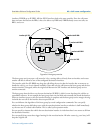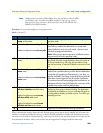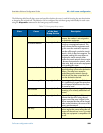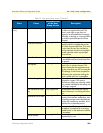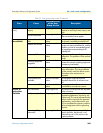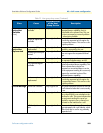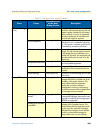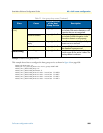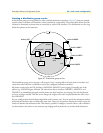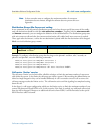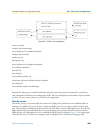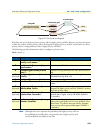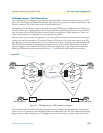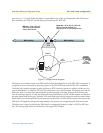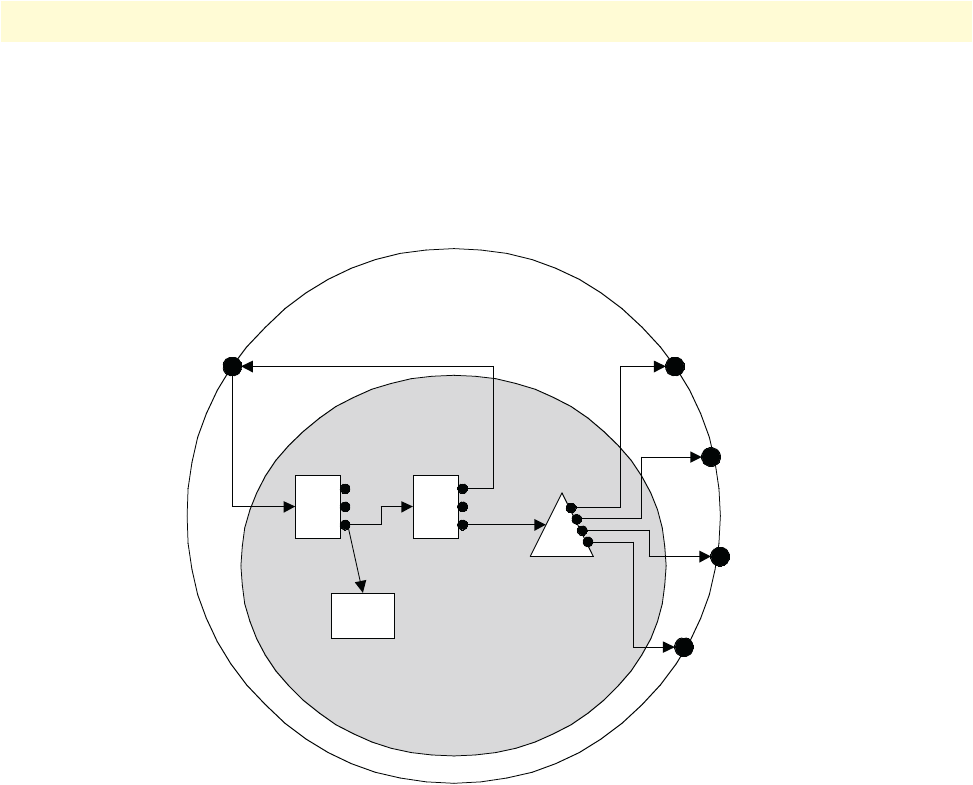
Call router configuration task list 506
SmartWare Software Configuration Guide 40 • Call router configuration
Creating a distribution group service
A distribution group service distributes a call to multiple destinations interfaces. Figure 67 shows an example
scenario where a call from a SIP interface is first processed by several tables. The second table decides that the
call must be forwarded to phones that are connected to various FXS interfaces. The distribution now lets ring
all the four phones at the same time.
Figure 67. Distribution group service
The distribution group service accepts a call routed to it by a routing table or directly from an interface and
creates four other calls that are offered to each of the configured destination interfaces.
All phones connected to the FXS interfaces (PHONE10–PHONE13) start ringing. Eventually one of the
phones (e.g. PHONE10) goes off-hook. The other three calls to interfaces PHONE11, PHONE12, and
PHONE13 are immediately dropped and the phones on these interfaces stop ringing. Now the distribution
service is no longer needed. Thus the service merges the original call to the accepted destination call to inter-
face PHONE10.
You can configure how the distribution algorithm works in many ways. You can specify the maximum number
of destination interfaces that are called at the same time. Then you can specify a timeout after which a next des-
tination is added to the destination calls. This makes it possible to configure a scenario where a call is offered to
two destinations, and (when no one answers) stop ringing the first phone but try another third destination.
Context
interface sip IF-SIP
interface fxs PHONE10
Call Router
a
b
c
first routing table
a A
b B
mapping table
i
j
k
routing table
distribution group
service
route
execute
route
route
interface fxs PHONE11
interface fxs PHONE12
interface fxs PHONE13
route
route
route



